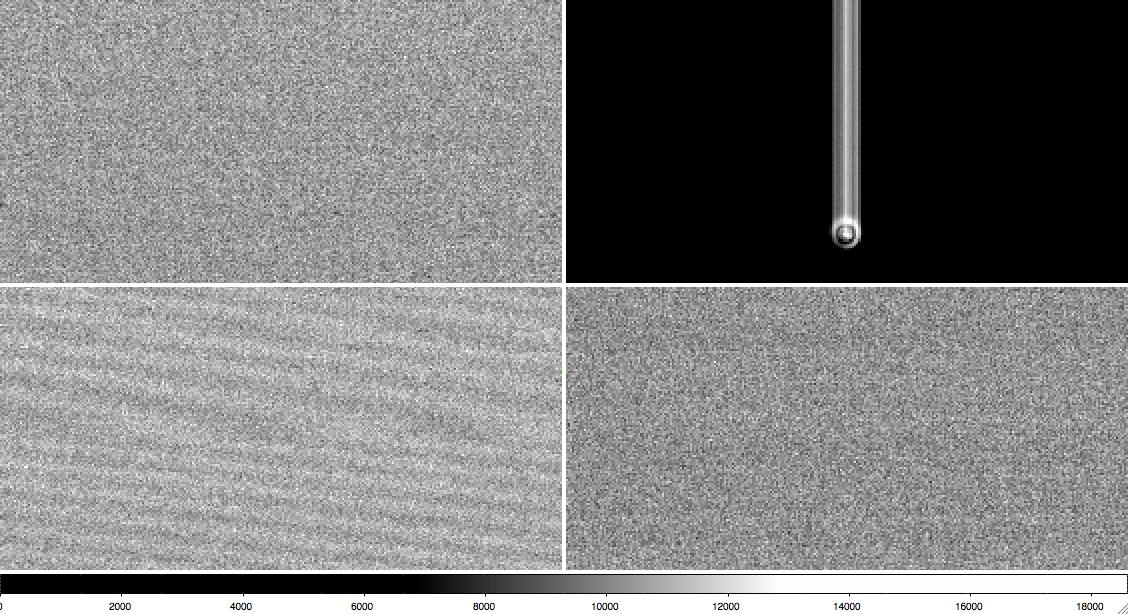This page gives a general overview for visitors and staff
(Please send us any comments or suggestions for ways to improve these pages.)
Updates (and Old Updates)
DCT 2018B Call for Proposals released (2018Apr10)
Important Notes for all DCT Users and Visitor
DCTUsers Slack Channel for Discussion & Announcements
Proposing to Observe
Applying for Observing Time - 2018B DCT Call for Proposals
Observing Run Preparation
What to do before showing up for your run
First time using DCT, or a particular instrument?
Calendars:
Ephemeris Data Submission/Generation
Automated Function and Pattern Data Submission
Object Data and Finder Chart Generators
During Your Run
Target of Opportunity (ToO) Procedures
After Your Run
Data Retrieval
The Telescope
For an overview of the telescope and site, see
Information about the seeing and image quality:
- Levine, DeGroff 2016, SPIE, 9906, 990672 (delivered image quality)
- Bida et al. 2004, SPIE, 5489, 196 (site test data)
For an overview of the first generation Instruments, see
Instruments
DCT Instrumentation Current & Future
Site Information
Where to stay when observing at DCT
General Information
Schedules for other Lowell telescopes



